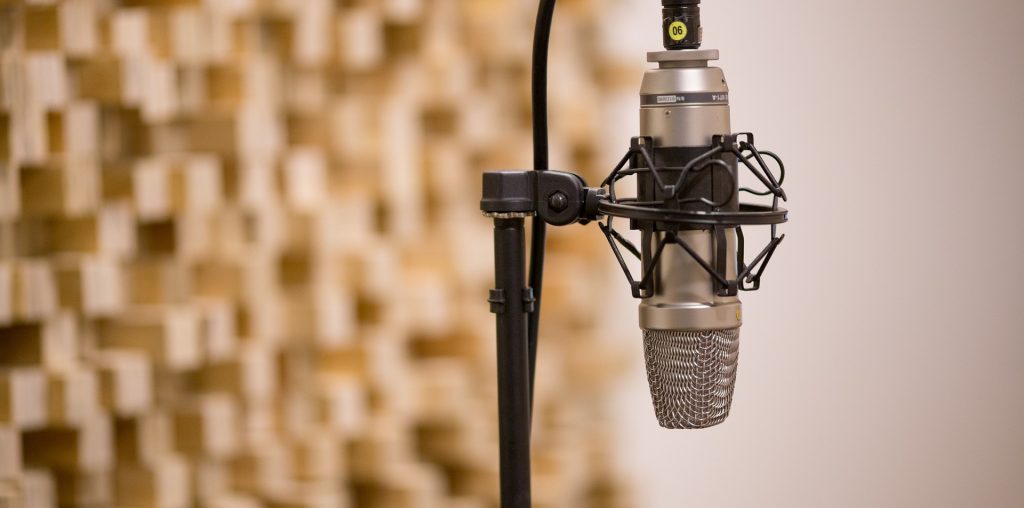What is Vocal Resonance? Everything You Need to Know

One of the most challenging aspects of singing is that it is based on sensation, particularly vocal resonance. These feelings in the human voice can be tricky since they are not easy to detect and frequently only appear once you are singing correctly.
But what is resonance, and how does it work? Understand how voice resonance occurs in this article.
What is Vocal Resonance?
The intensity of the tone you hear when you sing or talk is referred to as resonance. The reverberation of sound waves from your vibrating voice chords causes it, depending on how they travel around your body before departing your body.
Vocal resonance requires the coordination of singing muscles and vowel shapes to feel. It also involves vowels and muscle movement to feel.
The vocal fold (or vocal cord) has a coating of supple, gelatinous-appearing mucosal tissue on its surface that aids in appropriate vocal cord vibration.
Our two vocal folds or vocal cords vibrate when air passes through them (breath support), and the sound they produce is similar to the buzzing made by a trumpet player’s lips.
Importance of Vocal Resonance
The vocal tract is our reflecting resonance chamber. It is a tube where the sound wave travels, including the throat, mouth (oral cavity), soft palate area, and nasal cavity.
The space of the vocal tract amplifies (or resonates) the little, buzzy sounds produced by the vocal cords into what we recognize as the human voice. Each vocal tract form contributes to our own sound.
We can find similarities in musical instruments such as the trumpet. The trumpet’s tubular shape mimics our vocal tract, taking the primary vibration from the player’s lips and resonating and enhancing it to produce its signature sound.
A bent trumpet, for example, will alter the resonance structures. As a result, even if we employed identical buzzing lips, this instrument would no longer sound the same.
The resonance chamber’s size and design are crucial for producing a pleasing timbre and tone quality.
To have an effective resonator, we must manage and carefully change the form of the vocal tract. Singers use sound and senses to guide them in this endeavor. Balanced resonance produces sympathetic vibrations and a variety of accompanying sensations.
Sensations of Vibrations
Most singers experience similar resonance sensations. It’s okay if you don’t sense these feelings similarly.
Popular singing terminology you may have heard from a vocal coach includes chest voice and head voice, or head resonance. These are sensation terms used to describe the singing voice.
These vibrational sentiments or sensations are called sympathetic resonance or sympathetic vibrations.
More vibration or vocal tone occurs in the singing resonance type. In chest voice, for example, there is more vibration or amplification of the voice in the throat.
This amplification is switched to the mouth area in the head voice. Both the throat and the mouth are called resonance chambers.
Vocal Resonators
Resonance can be of two different types:
- Free resonance causes vibrations to travel through the atmosphere.
- Conductive resonance happens when vibrations pass through body tissue like muscles, bones, and tissues.
The second kind of resonance that occurs when you sing is the most common to you, particularly when you can feel vibrations in your upper chest and are singing with the lower register of your voice.
But the external sound is not affected by this kind of resonance.
When you sing, the sound that those close to you hear is the product of free resonance. It happens when the sound is produced at the level of the vocal folds. Then, the sound travels through the air in the vocal tract, transforming into a lovely sound.
Where Does Vocal Resonance Occur?
There are six main resonating zones in the body:
- the larynx
- throat
- mouth
- nasal cavity
- upper skull cavity
- chest
We use a combination of these when singing, depending on the tune.
The pharynx is your body’s most significant resonator since you may modify its:
- size,
- shape,
- apertures leading into and out of the pharynx
- the pharyngeal walls are under stress.
The second important resonator is your mouth. It is a valuable resonator since you can alter its size and opening to and from the mouth.
By shifting the jaw, tongue, and soft palate, you can alter the size and form of the oral cavity.
The nasality significantly influences resonance. Even if your nostrils are slightly flared, you cannot alter the size or form of the nasal cavity.
The creation of nasal consonants, which in English are the M, N, and NG sounds, as in the word sing, depends on the nasal cavity.
Nasal Resonance
Nasal resonance is when a sound vibrates inside your nose or nasal cavity.
Your nose is open when you make nasal noises, so the vibrations and sound can pass through it and subsequently reverberate.
The soft palate needs to be lowered to open the nasal port.
We use different amounts of nasal resonance depending on the singing style, individual preferences, and experience.
Some singers are renowned for their “nasal voices,” and in some music genres, such as pop or country, a higher level of nasality is even admired.
Conclusion
Simple vocal exercises will help you improve your singing voice and become more aware of it. More resonance experience will improve your sound production’s tone, control, and balance.
Yet, sensory awareness is still the best way to enhance your resonating ability. Discover where your sensations are felt as you accurately strike notes.
